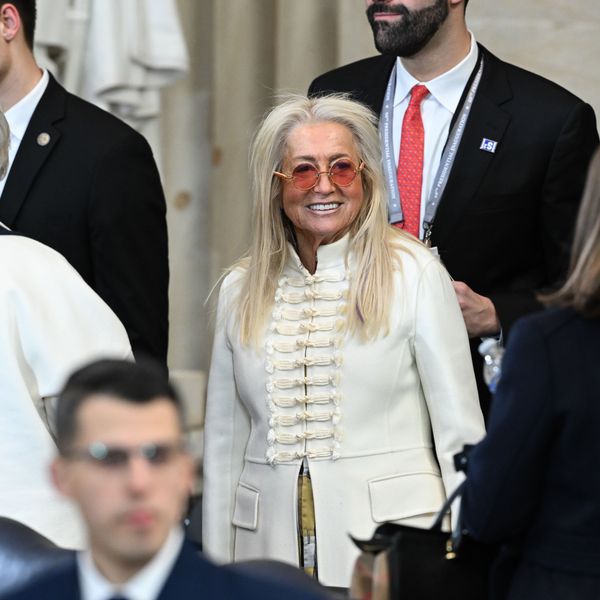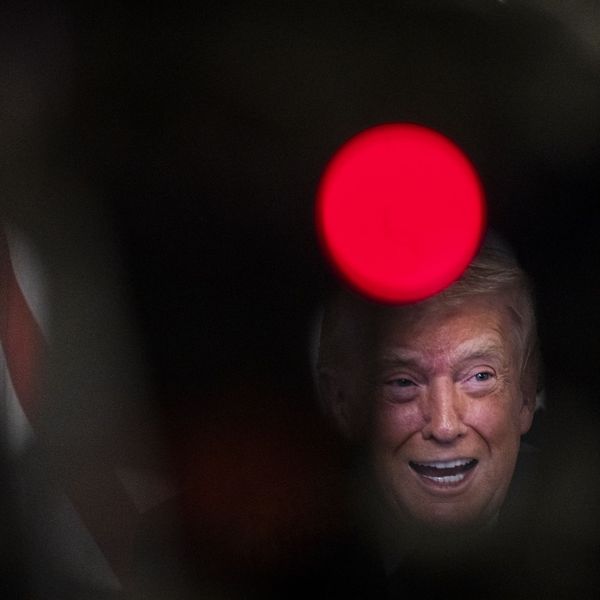With the executive overreaching and the judiciary acquiescent, the Republic’s immune system strains under political and institutional dysfunction. The legislative branch, meanwhile, toggles between paralysis and performative outrage, its constitutional authority weakened by partisan spectacle. When the formal organs falter, the Republic depends on the dispersed actors of the “fourth branch”—a novel, emergent moral network—tasked with upholding civic and constitutional integrity.
Ordinary citizens, lower courts, military officers, advocacy groups, and artists together make up this fourth branch of government, sustaining the body politic when power itself becomes a vector of disease. Like any living organism, the Republic survives only if parts of its system remain healthy, responsive, and attuned to threat. Two hundred fifty years after the nation’s founding, that resilience appears to reside outside the glare of public office and the ceremonial pomp of political power.
The organs of government—the executive, legislature, and judiciary—were built to temper ambition with accountability. The executive pursues policy goals and national leadership, yet is held in check by congressional oversight, the threat of impeachment, and the Senate’s advice and consent powers. The legislature advances laws and represents constituents, but its ambitions are restrained by the separation of powers and judicial review. The judiciary interprets laws and shapes precedent, yet its authority is bounded by norms, constitutional limits, and the actions of the elected branches that carry out its rulings. In this delicate interplay, each branch’s drive is held in tension with the others, forming a dynamic system of mutual restraint—a mechanism of civic immunity that preserves the Republic’s health whenever power tempts corruption.
When those formal checks falter or are stretched to their limits, other actors step forward. Among the first responders to constitutional stress and executive and legislative overreach are the lower courts. Their judgments, often meticulous and unnoticed, resist the infection of unchecked power, preserving both legal precedent and the vitality of constitutional norms. Historical examples—from district courts enforcing Brown v. Board of Education (1954) to federal judges upholding limits on executive overreach during Watergate—show that judicial restraint and principled decision-making act as vital lymphocytes in the body politic. In recent years, lower courts have repeatedly pushed back against attempts by both parties to expand executive power, reaffirming the judiciary’s enduring role in protecting constitutional norms and maintaining systemic balance.
The individuals of the fourth branch embody resilience, restoring the Republic not through office or ceremony, but through conscience, vigilance, and mindful, ethical action.
Equally critical is the principle guiding the military. Officers sworn to uphold the Constitution function as nodes of resilience. When orders risk undermining constitutional norms, restraint and adherence to lawful principle operate as systemic immunity, ensuring coercive force is not deployed toward corruption or authoritarian consolidation. From Union officers defending constitutional principles during the Civil War to the US military’s post-World War II commitment to civilian control, such principled restraint has protected the Republic from abuse. It has also reinforced societal stability during periods of extraordinary national stress.
Advocacy groups and civic organizations form a diffuse network of immune cells, detecting threats, mobilizing responses, and maintaining transparency. From the NAACP’s legal challenges during the civil rights movement to investigative journalism exposing abuses of power, as well as contemporary grassroots advocacy and sustained public protest, these actors function as a persistent, often invisible immune surveillance, preserving the health of the body politic. These efforts exemplify the kind of decentralized vigilance and ethical engagement that underpins the emergent “fourth branch,” helping sustain systemic stability even when formal institutions falter.
Similarly, artists and curators participate in this moral immune system, using cultural production to expose injustice and inspire civic engagement. From Picasso’s Guernica, which revealed the horrors of war, to the Mirror Shield Project by Cannupa Hanska Luger—created in 2016 for the Indigenous-led protests against the Dakota Access Pipeline at the Standing Rock Sioux Reservation—art serves as a tool of ethical witnessing. Luger’s mirrored shields, intended as non-violent instruments of protest and protection, exemplify how creative interventions confront corruption and violence, mobilize empathy, and sustain the body politic’s vitality. Other contemporary examples include Ai Weiwei’s installations highlighting human rights abuses and forced migration, Mel Chin’s environmental advocacy and socially engaged art projects, and Theaster Gates’ community-driven work in Chicago that engages citizens in social and political renewal. These artistic acts, like investigative journalism or civic advocacy, function as moral lymphocytes, detecting societal “infection,” prompting reflection, and inspiring collective action.
Yet the deepest layer of defense resides in ordinary citizens. Democracy isn’t merely a formal arrangement of offices; it is sustained by conscience and participation. Every jury that renders judgment according to law rather than ideology; every community that organizes to defend the vulnerable; every voter in presidential, midterm, state, and local elections; and every citizen who peacefully protests or refuses to normalize corruption and injustice contributes to the body politic’s immune function. Herein lies the lifeblood of the fourth branch: a novel, emergent moral structure whose collective actions preserve health and resilience in the face of institutional illness and degradation.
As Montesquieu famously wrote in The Spirit of Laws (1748), “That anyone who possesses power has a tendency to abuse it is an eternal truth.” He emphasizes balance and vigilance in those who hold office, a caution echoed by Hannah Arendt’s warning against thoughtless compliance and the banality of evil, and by Immanuel Kant’s assertion that moral law—accessible through reason alone (his Categorical Imperative)—guides action even under pressure. When the organs of governance are compromised, these insights become urgent guides for ethical engagement, illuminating the vigilance demanded of the emergent fourth branch.
The metaphor extends further: Like any organism, the body politic is vulnerable to fatigue and infection. Judges may falter. Officers may waver. Citizens may grow indifferent. Yet recognizing systemic vulnerability can catalyze meaningful action. Just as immune systems strengthen in response to challenge, civic vigilance grows in response to institutional illness. The Republic’s health depends on persistent engagement, not the passive expectation of heroic leadership—a principle perfectly captured by John F. Kennedy in his 1961 Inaugural Address: “Ask not what your country can do for you—ask what you can do for your country.” Citizenship isn’t merely a document; it invites—and requires—active participation in the nation’s health and well-being. This can mean resisting authoritarian forces or preventing private interests from capturing public institutions. Such engagement takes many forms: at town halls, shareholder meetings, voting booths, or even the checkout counter.
History demonstrates that resilience often emerges from unexpected quarters. The quiet rulings of lower courts, the disciplined adherence of officers to constitutional oaths, the tireless work of advocacy groups, and the conscientious refusal of citizens to acquiesce in corruption sustain the body politic. Their work is seldom glamorous, yet it is indispensable. The fourth branch enables the Republic to heal and resist, ensuring that liberty endures even when formal organs of power succumb to illness. Democratic health is measured not by office, rank, or visibility, but by the vitality of this dispersed moral network. These actors collectively form the body politic’s immune response, detecting threats, containing infection, and restoring systemic balance.
Benjamin Franklin’s warning—“A republic, if you can keep it”—has never been more urgent. Its keepers are often neither powerful nor celebrated, but those whose acts are small, disciplined, and principled. Acting as the lymphocytes, macrophages, and antibodies of the body politic, they preserve democratic health when governance structures fail. The individuals of the fourth branch embody resilience, restoring the Republic not through office or ceremony, but through conscience, vigilance, and mindful, ethical action. We may never know all their names, yet we may still sense their impact—and feel gratitude for it.



